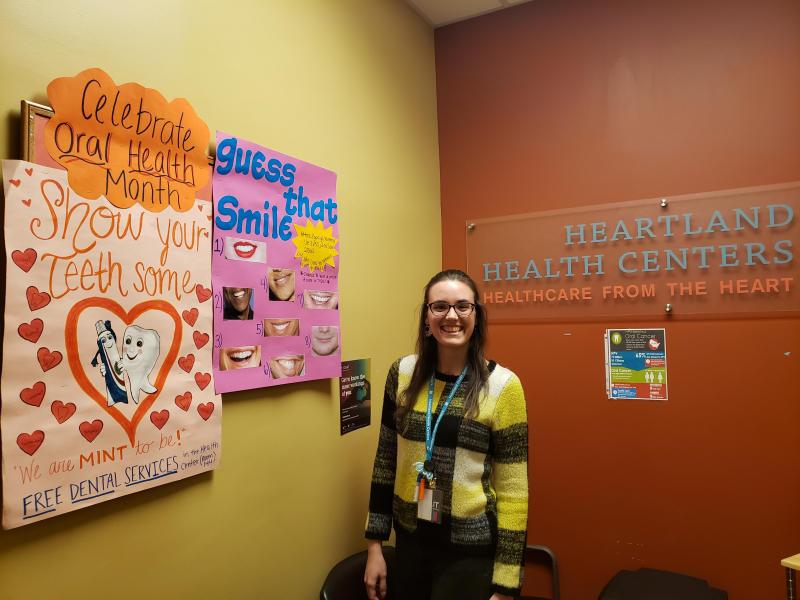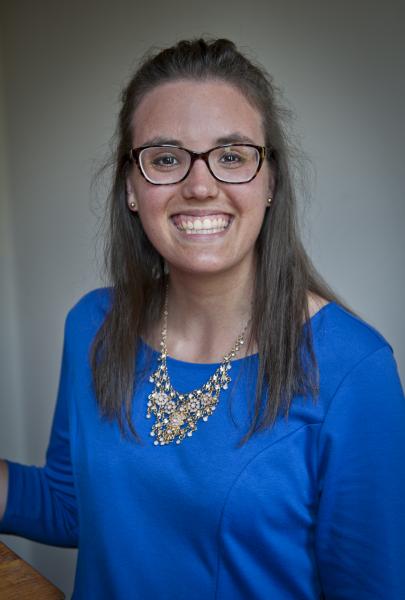
Throughout my service term as the NHC Chicago AmeriCorps Oral Health Outreach Coordinator at Heartland Health Centers, I have been given the unique opportunity to gather patient feedback with the hope of identifying barriers to high school students receiving oral health care. Within the field of public health, the importance of community-based research and community-involved intervention approaches is often overlooked. In short, I have learned that the direct service we provide daily is ineffective if it is not meeting the specific needs of those that we serve. In my case, I am primarily placed in Chicago Public High Schools to provide outreach and health education specifically in regards to oral health. Heartland Health Centers has four oral health facilities, three of which are housed in school-based health centers.
When I first started my service term in August, I noticed that many high school students were scheduled for dental appointments in their respective school-based health centers. However, many of these students did not show up for their appointments. More specifically, at Nicholas Senn High School during the 2017-2018 school year, 220 students were scheduled for dental appointments with more than half of these students not showing up for their appointments. At Theodore Roosevelt High School during the 2017-2018 school year, 196 students were scheduled for dental appointments with similar no-show rates. Therefore, I was tasked with figuring out why no-show rates were so high and what we as the dental team can do to better care for our patients.
The results of my surveys and focus groups highlighted the importance of receiving patient feedback and engaging the patients in making decisions affecting their care. I have learned that the time of day that a student is scheduled for a dental appointment affects whether or not the student will show up to that appointment. For example, if an appointment is scheduled during their lunch period, the majority of students will not show up. Also, if a student is uninformed or misinformed about any part of their treatment, they are more likely to not return for follow up treatments. Lastly, many students understand the importance of treatment when there is a problem but fewer students understand the importance of preventative care and even fewer see the importance of making an appointment for a routine cleaning.
As a follow up in discussing barriers to receiving care, students helped me understand how high schoolers best receive information (flyers vs text messages vs announcements, etc.). If our goal is to provide health information, we need to do so in a way that is meaningful for our patients. Similarly, as a result of the patient feedback, the dental team and I have been able to develop a new walk-out protocol that allows me to meet with every student after their appointment to answer any questions that they might have and to help them schedule their next appointment. In addition, I have been able to provide oral health education to students during their health classes and table in the cafeteria to offer information about services. These new initiatives have strengthened the communication between patients and the dental team because if students feel like they are being heard and their questions are being answered, they are more likely to continue to receive services. In conclusion, public health is about striving for better health of a community. We cannot become better though without first listening to those affected by the present.

This blog post was written by 2018-19 member Stephanie Blagaich.
Stephanie is an Outreach Coordinator at Heartland Health Centers.
